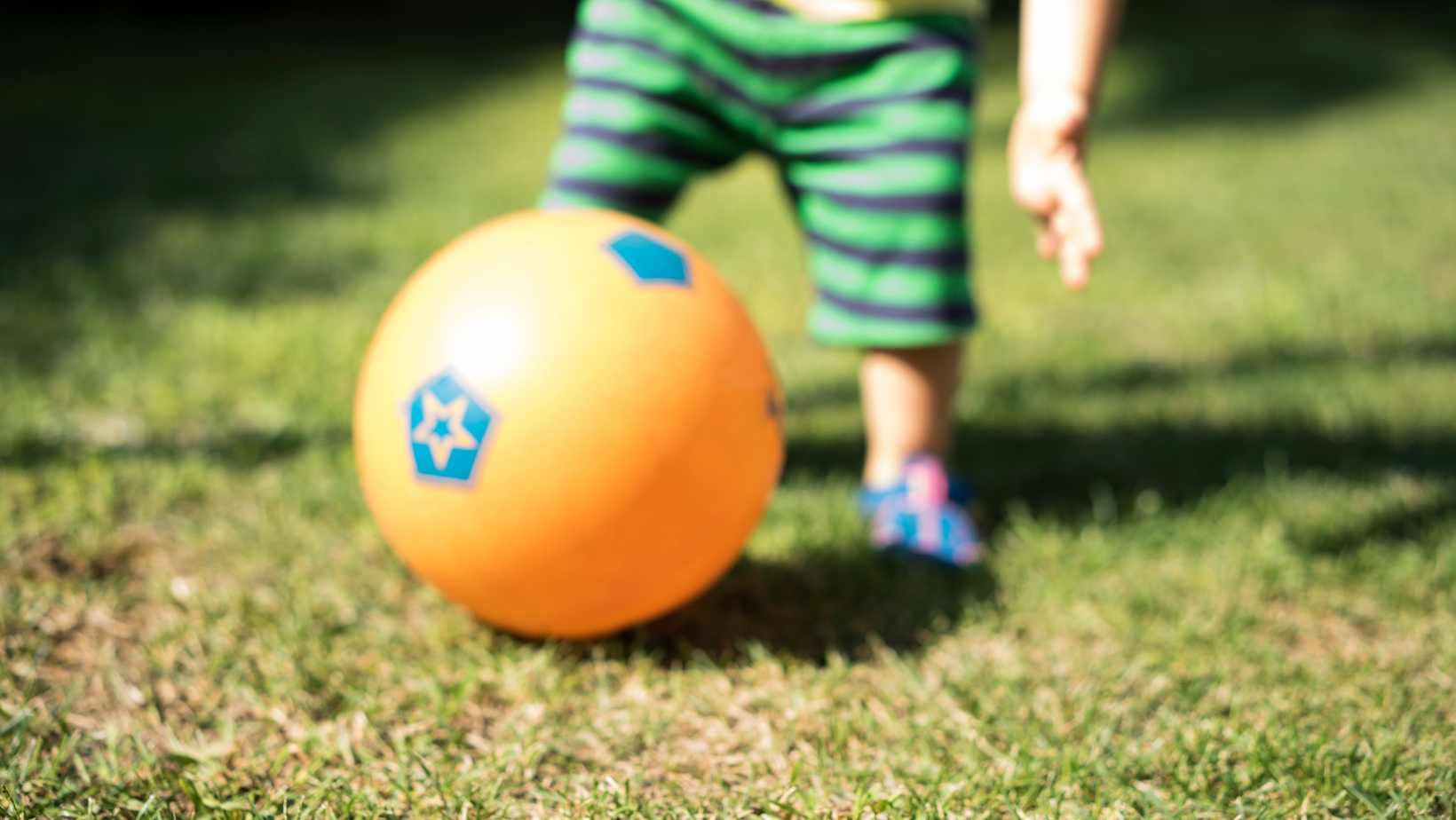If you’re looking for the perfect playtime companion for your little one, look no further than balls for toddlers. These versatile and engaging toys are not only fun to play with but also offer numerous developmental benefits.
Balls for toddlers come in various shapes, sizes, and colors, catering to different interests and preferences. Whether it’s a soft plush ball or a bouncy rubber one, these toys provide endless opportunities for exploration and sensory stimulation. Toddlers can practice their hand-eye coordination as they roll or throw the ball, improving their motor skills in the process.
In addition to physical development, playing with balls can enhance cognitive abilities too. Toddlers learn cause and effect as they observe how their actions affect the movement of the ball. They can also engage in imaginative play by pretending the ball is a soccer ball, basketball, or any other object they imagine.
Balls For Toddlers
Benefits of playing with balls for toddlers
Playing with balls can be a great way for toddlers to develop their physical, cognitive, and social skills. Here are some key benefits:
- Motor Skills Development: Rolling, throwing, catching, and kicking balls helps improve hand-eye coordination and gross motor skills in toddlers. It also enhances their balance and body control as they engage in various ball-related activities.
- Sensory Stimulation: Balls come in different shapes, sizes, textures, and colors which provide valuable sensory experiences for toddlers. These tactile sensations help stimulate their senses and promote sensory integration.
- Cognitive Growth: Playing with balls encourages problem-solving skills as toddlers learn to anticipate the trajectory of a rolling ball or figure out how to catch it mid-air. They also start understanding concepts like cause and effect through their interactions with the ball.
Different types of balls suitable for toddlers
When choosing balls for toddlers, it’s important to consider their age appropriateness and safety features. Here are a few types of balls that are suitable for this age group:
- Soft Fabric Balls: These lightweight balls are made from soft fabrics like plush or foam materials that ensure safe play for young children. They can be easily grasped by tiny hands without causing any harm if accidentally thrown or dropped.
- Sensory Balls: These textured balls have bumps or ridges on the surface to provide additional sensory stimulation for toddlers while they explore different tactile sensations during playtime.
- Inflatable Balls: Inflatable rubber or vinyl balls offer versatility as they can be used both indoors and outdoors by bouncing or kicking. They come in various sizes, so make sure to choose an appropriate size for your toddler.
- Foam Balls: Foam balls are lightweight and soft, making them ideal for indoor play. They are gentle on furniture and surroundings and reduce the risk of accidental injury during active play.

Safety Precautions For Toddler Balls
When it comes to selecting and using balls for toddlers, ensuring their safety is of utmost importance. As an expert in child development, I have compiled a list of essential safety precautions to keep in mind when introducing balls to your little ones. By following these guidelines, you can provide a safe and enjoyable playtime experience for your toddler.
- Size Matters: Opt for age-appropriate balls that are specifically designed for toddlers. These balls are typically larger in size, making them easier for small hands to grasp and reducing the risk of choking hazards.
- Soft and Lightweight: Choose balls made from soft materials such as foam or fabric that are lightweight and gentle on delicate skin. Avoid hard plastic or rubber balls that could potentially cause injury if accidentally thrown or dropped.
- Supervision is Key: Always supervise your toddler during ball play sessions to ensure they do not put the ball in their mouth or engage in rough play that could lead to accidents or injuries.
- Age-Appropriate Activities: Tailor ball activities according to your toddler’s age and developmental stage. Start with simple rolling exercises, gradually progressing to tossing, catching, and kicking as they grow older and develop better coordination skills.
Remember, while playing with balls can be incredibly beneficial for toddlers’ motor skill development and hand-eye coordination, their safety should never be compromised. By adhering to these safety precautions, you’ll create an environment where your child can enjoy the benefits of ball play while minimizing potential risks.
In conclusion, when it comes to balls for toddlers, prioritize safety by choosing age-appropriate and soft materials, supervising playtime, adapting activities to their age and abilities, ensuring a clear play area, and considering the suitability of the ball for indoor or outdoor use. With these precautions in place, you can confidently introduce your little one to the world of ball play.
Jessica has a flair for writing engaging blogs and articles. She enjoys reading and learning new things which enables her to write different topics and fields with ease. She also strives to break down complex concepts and make them easy for anybody to comprehend.





